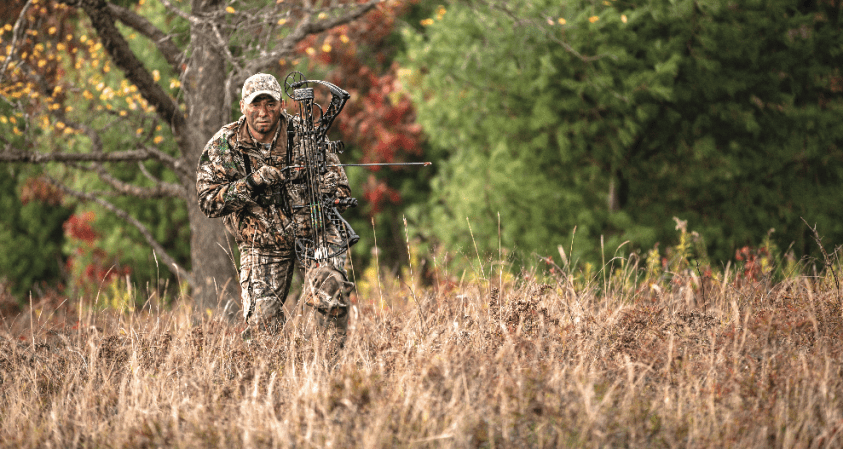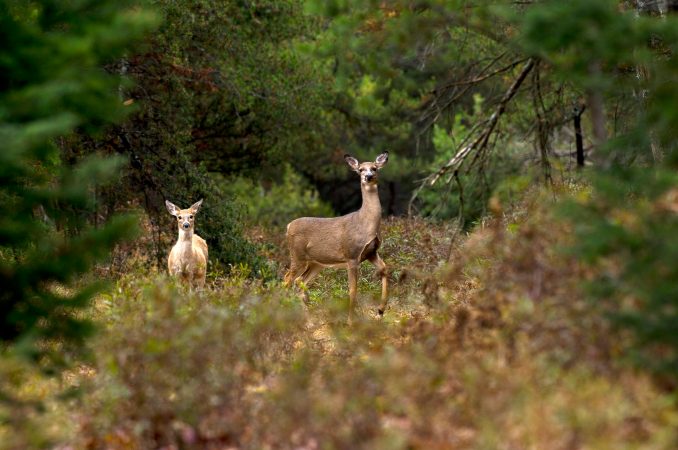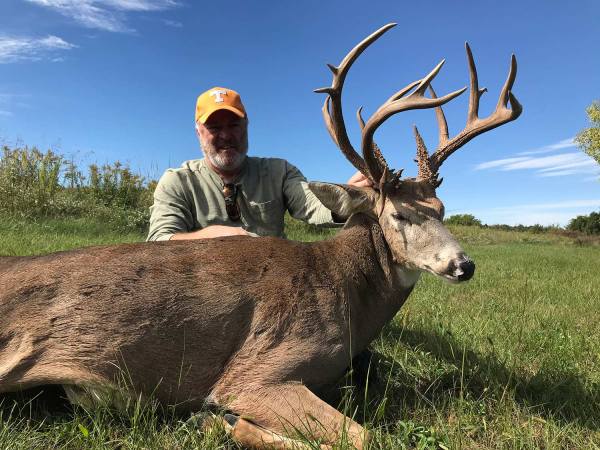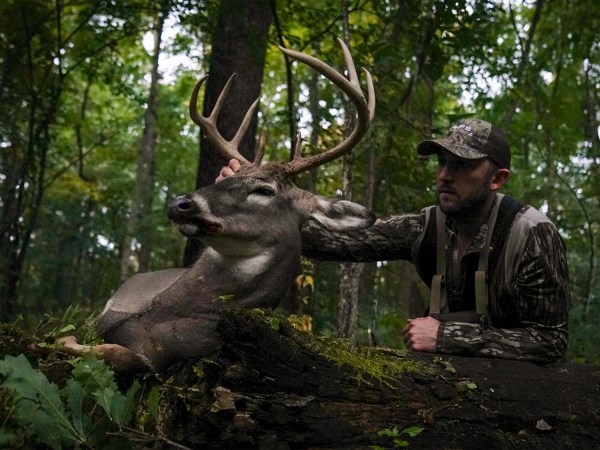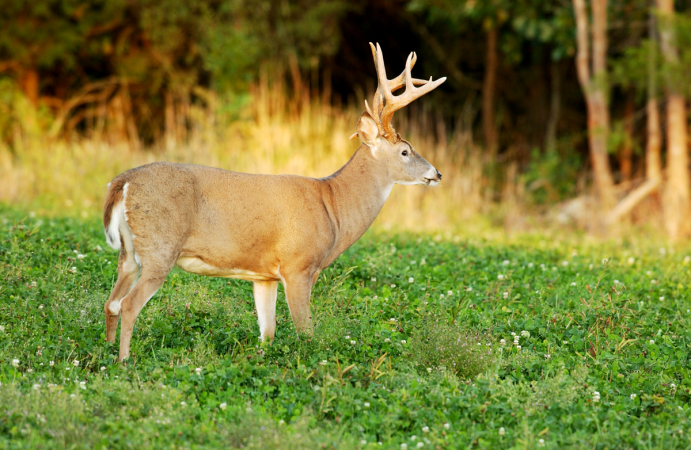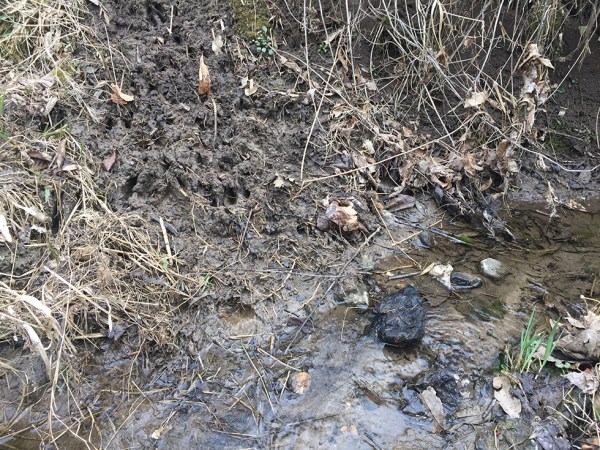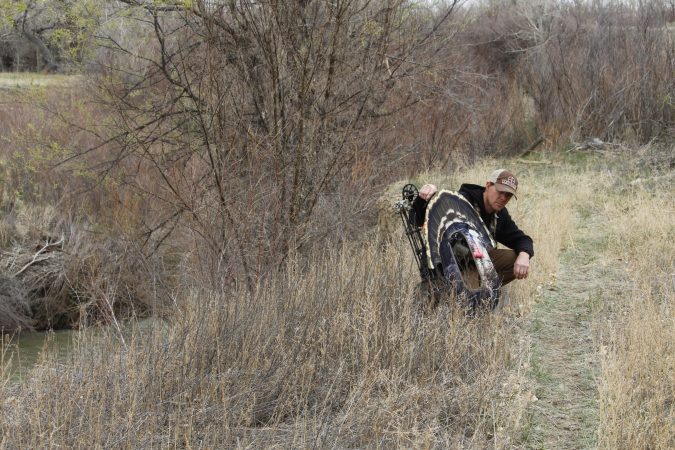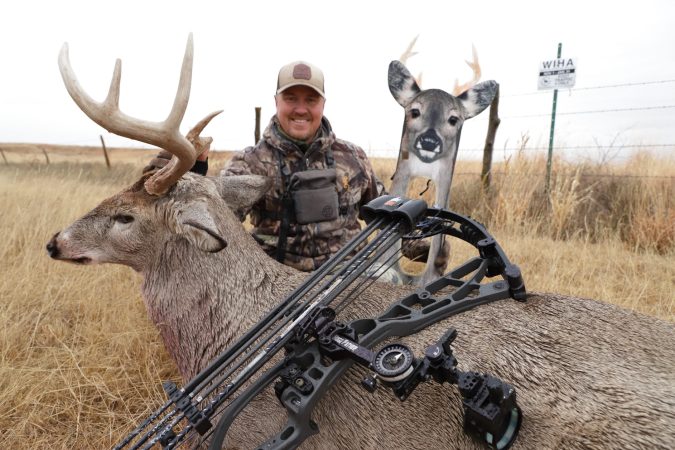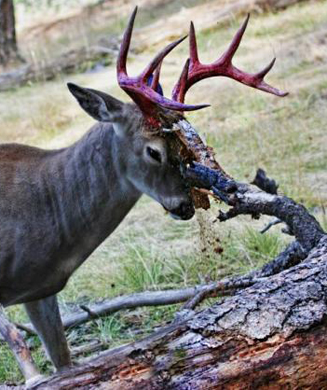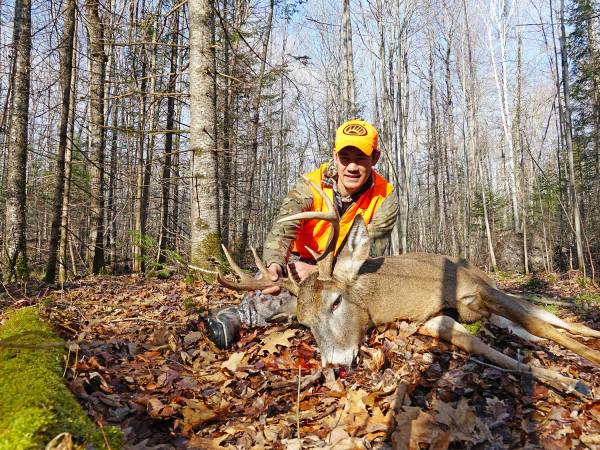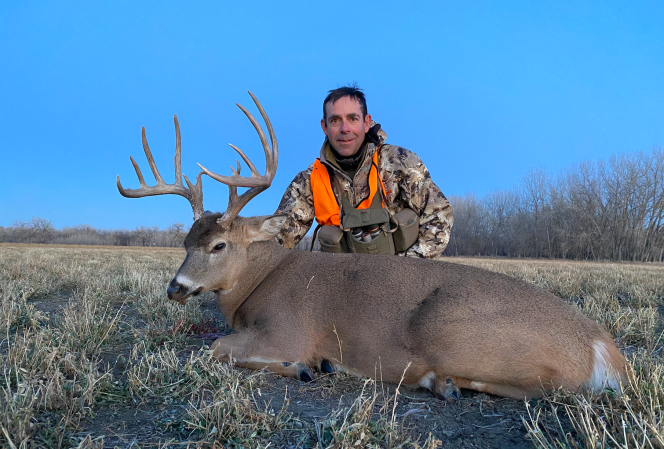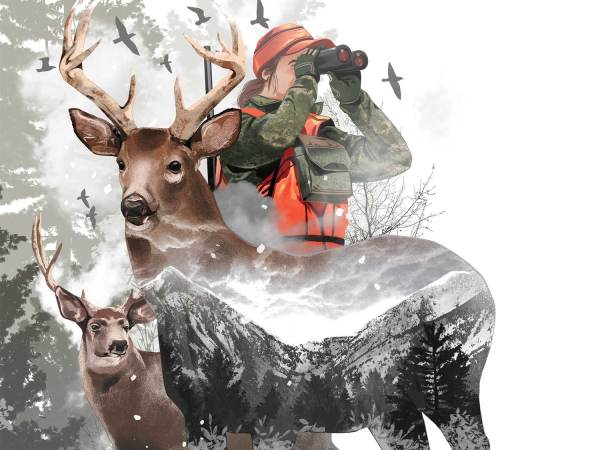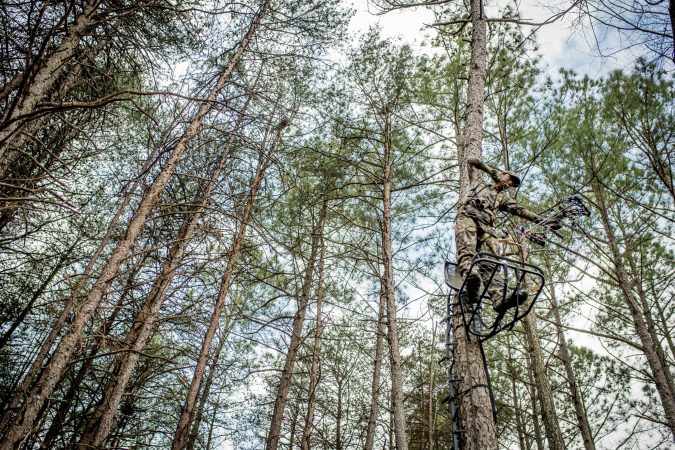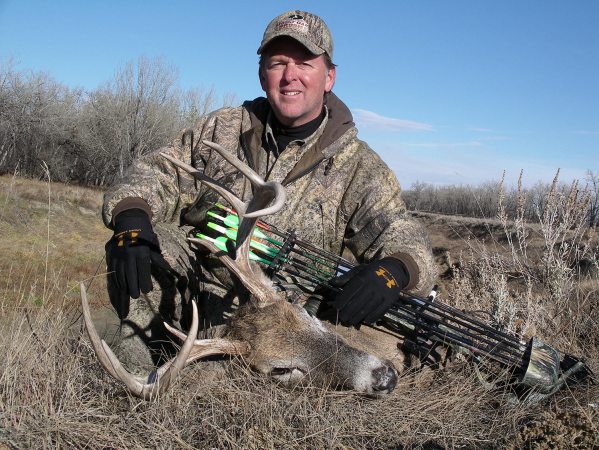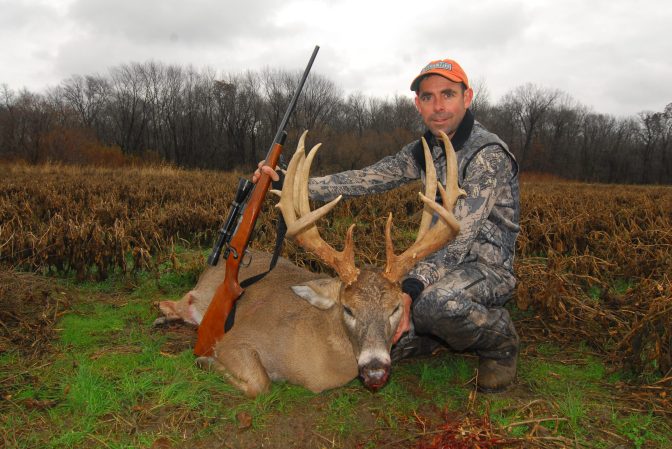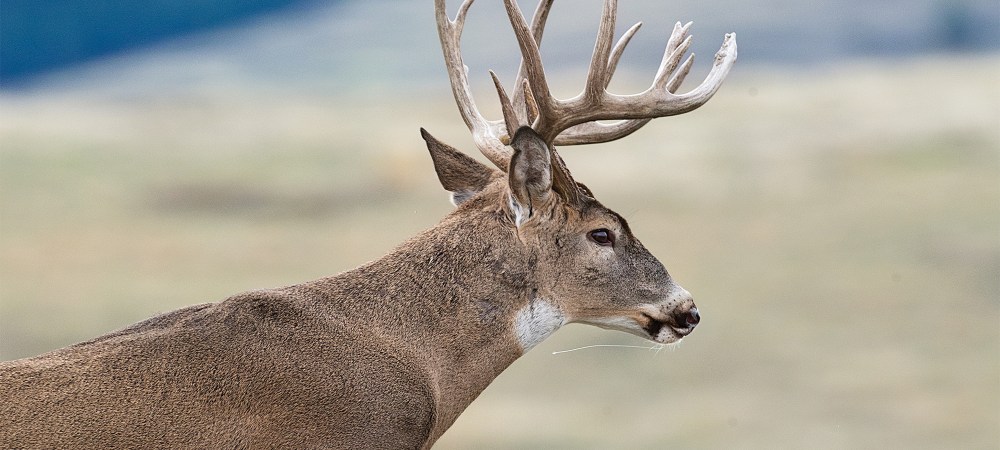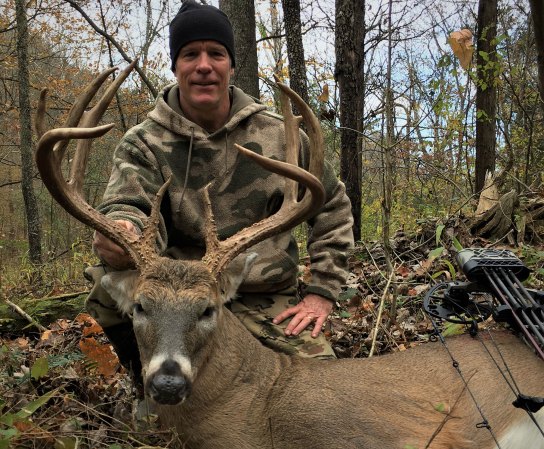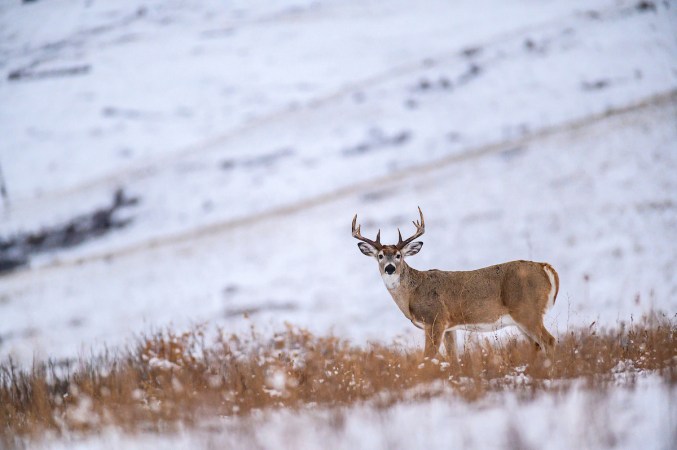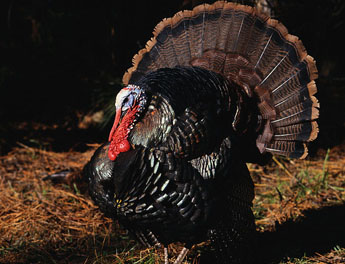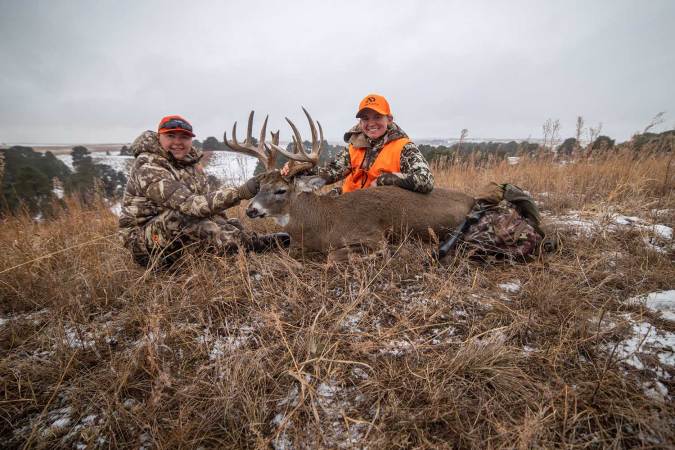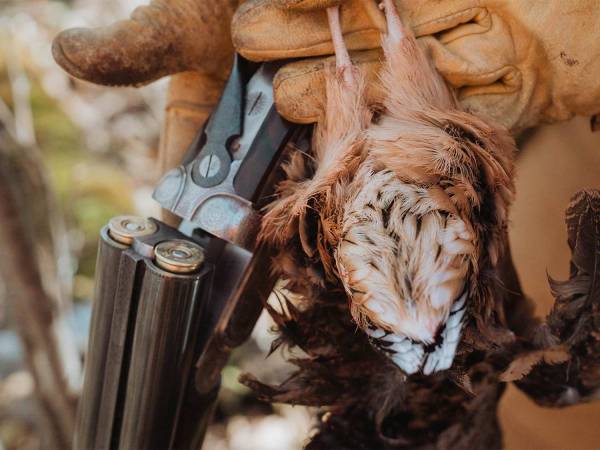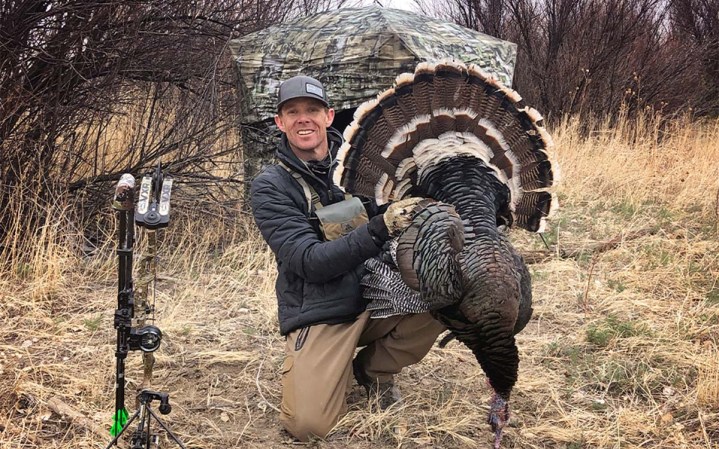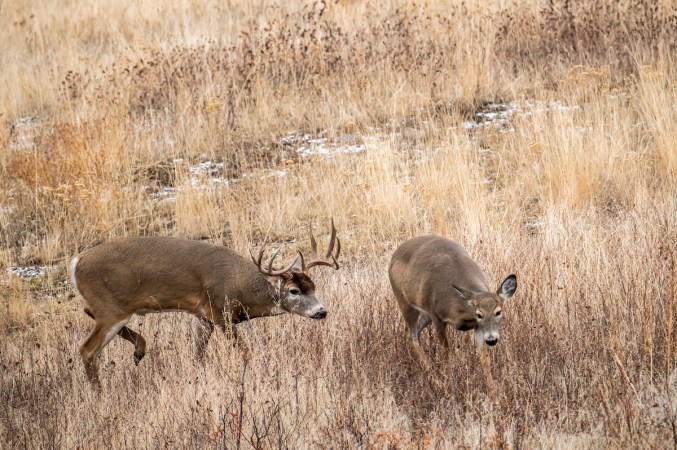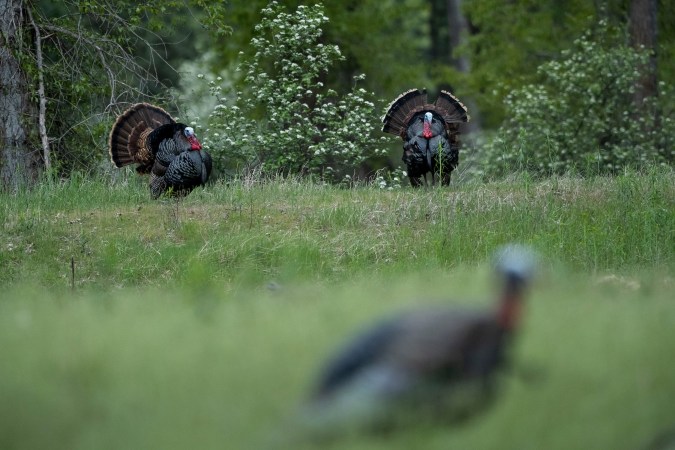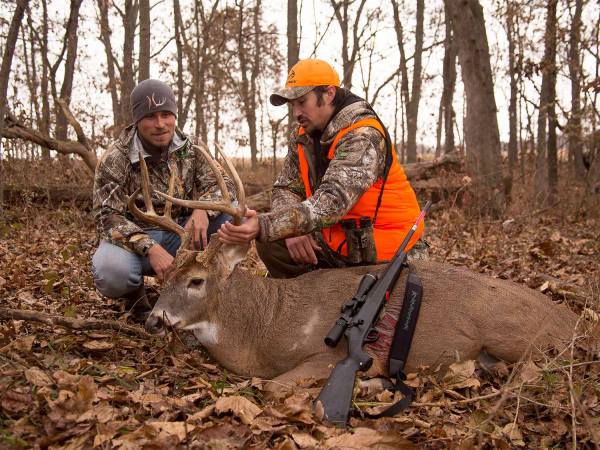We may earn revenue from the products available on this page and participate in affiliate programs. Learn More ›
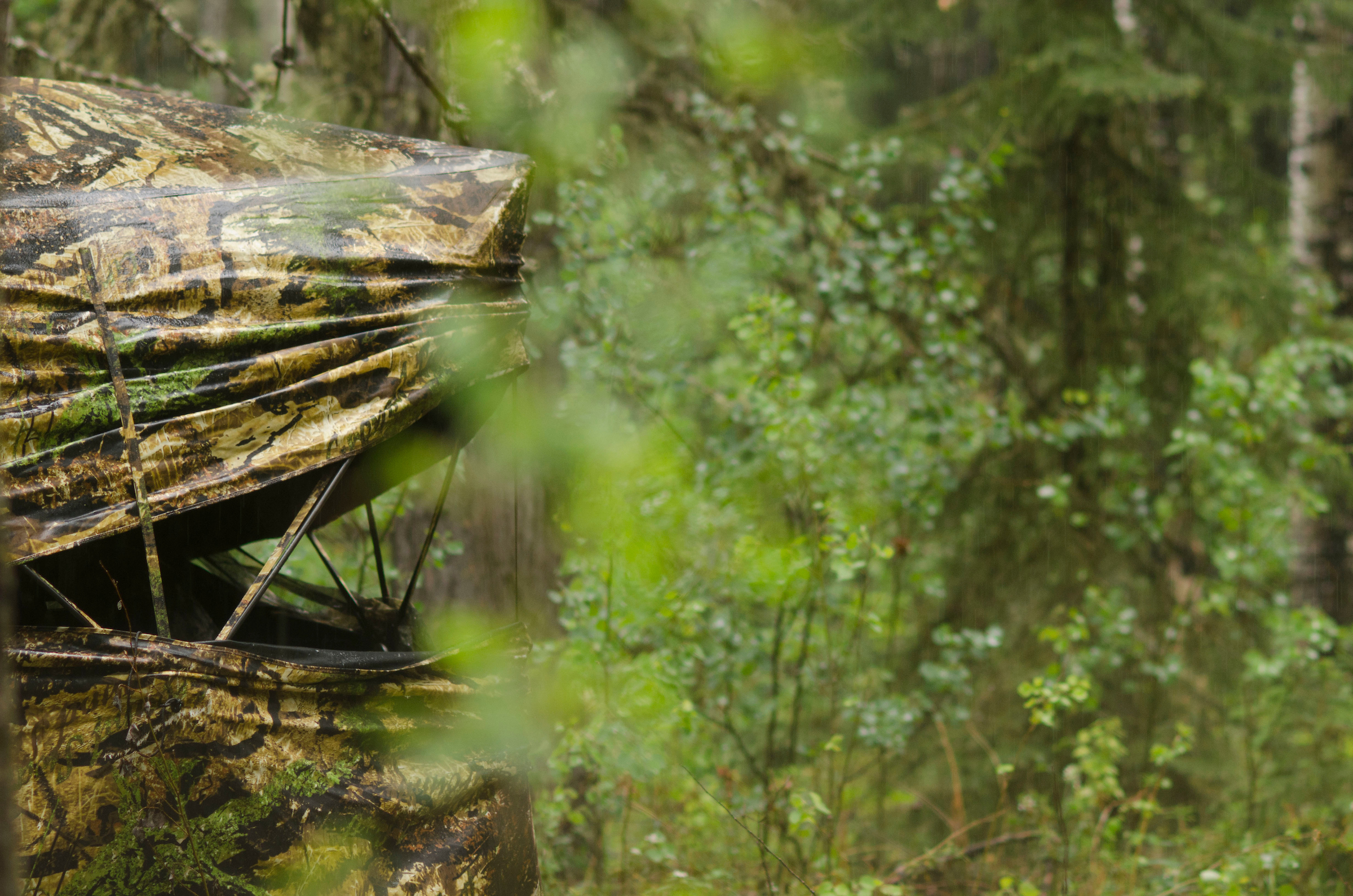
Most bowhunters like the tactical advantage a treestand offers, but in many situations, a ground-level blind is the only way to go.
1. The Cutover Edge
▶ The Terrain: Given a couple of years, clear-cut swaths of once-tall forest will regenerate in young pines, grasses, and weeds, providing the perfect bedding and transitional areas for deer.
▶ How to Hunt It: Set up where a young cut butts up against a stand of older pines. This creates a perfect edge through which deer will travel all season long. If the cover is only a couple of feet tall, deer will move from the taller tract into the new growth to feed during the early season; if taller, deer will bed in and travel through the young clear-cut all season. The tail of a steep ridge, logging trail, or firebreak along the edge of the cut, a pasture, or a food plot will only make it better and provide more open shooting, even as the cover grows up each year.
2. The Surrounded Food Plot
▶ The Terrain: Along the same lines as the cutover setup is freshly cleared forestland. Hunters can plant food plots along new logging roads, log decks, or even in cleared spots. As the cover grows thick and nasty over the next 10 years, these food plots act as awesome deer magnets that will draw the bedded animals from the surrounding brush. Because there will be no large trees, a blind is a must in this hunting situation.
▶ How to Hunt It: Plots that are an acre or less in size are best, as the blind can be set up to one side or the other and allow shots all the way across. Cut a path to the blind that will allow you to access it quietly without blowing your scent into the plot.
3. The Fence Line Funnel
▶ The Terrain: Few things are more frustrating than sitting in a treestand in the Midwest and watching deer move out of range and up and down a fence line in the middle of a field or pasture where there are no trees and little cover. With a blind, however, ambushing deer along this common travel corridor may be possible.
▶ How to Hunt It: Fence lines often form a de facto funnel that enters or exits woodlots at corners or edges. Put a hole in the fence that offers easier egress for wandering deer, and you’ve created a must-hunt spot. Set the blind within bow range of the hole in the fence or a dip in the terrain that will naturally funnel deer past you. This will almost always be an afternoon stand. **
4. The Orchard
▶ The Terrain: The Northeast is littered with orchards that grow deer-attracting fruits such as apples. The problem is, most orchard trees are fairly small in diameter, with branches somewhat low to the ground. And there are a lot of them, making setting up in them or shooting through them difficult at best.
▶ How to Hunt It: Older, neglected orchards or small, non-commercial ones are best because they tend to concentrate deer in smaller areas with greater predictability. Glass in the evenings and run trail cams in various directions in the orchard to best determine access trails and individual trees that seem most attractive to deer. Both bucks and does show preferences for specific fruit varieties.

